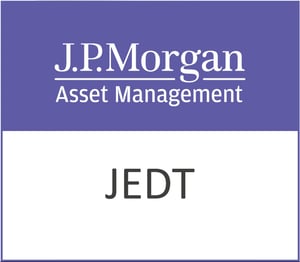International Business Machines Corporation (NYSE: IBM), a stalwart in the technology sector, continues to be a focal point for investors seeking a blend of innovation and stability. With a market capitalization of $221.44 billion, IBM’s comprehensive portfolio spans software, consulting, infrastructure, and financing services, making it a pivotal player in the information technology services industry.
The company’s current stock price hovers around $238.81, reflecting a negligible price change. Investors have witnessed a 52-week price range from $164.43 to $264.74, indicating some volatility but also potential opportunities for strategic entry points. The average analyst target price of $255.49 suggests a potential upside of approximately 6.98%, a figure that piques investor interest considering the stock’s current valuation metrics.
Valuation metrics reveal that IBM’s forward P/E ratio stands at 20.92, which is relatively moderate for a tech giant, suggesting expectations of continued earnings growth. However, it’s noteworthy that other typical valuation metrics like PEG, price/book, and price/sales ratios are not available, which might pose a challenge for some investors in fully assessing the company’s financial health.
Performance metrics show modest revenue growth at 1.00%, which could be a point of concern for those looking for more aggressive growth. Nevertheless, IBM’s strong return on equity at 24.06% and a substantial free cash flow of over $7.3 billion illustrate its operational efficiency and ability to generate cash, critical factors for sustaining its business operations and shareholder returns.
IBM’s dividend yield of 2.80% remains attractive to income-focused investors, though the payout ratio is over 100%, specifically 103.89%. This figure indicates that IBM is returning more capital to shareholders than it earns, a strategy that may need closer scrutiny if revenue growth does not accelerate.
The company’s strategic partnerships with industry giants such as Adobe, Amazon Web Services, Microsoft, and others enhance its competitive edge, facilitating its hybrid cloud and AI platforms. These partnerships are instrumental as IBM positions itself at the forefront of digital transformation and hybrid cloud infrastructure, areas that are likely to drive future growth.
Analyst ratings present a mixed sentiment with 11 buy ratings, 7 holds, and 3 sell recommendations. This diversity in opinion reflects the nuanced nature of IBM’s value proposition amidst evolving market dynamics. The target price range from $160.00 to $320.00 highlights varying perspectives on IBM’s potential, influenced by both its robust historical legacy and the challenges of modern tech industry demands.
Technical indicators currently show IBM trading below its 50-day moving average of $248.76 but above its 200-day moving average of $221.89. The RSI (Relative Strength Index) of 27.59 suggests that the stock may be oversold, potentially offering a buying opportunity for contrarian investors.
In an era where digital transformation is paramount, IBM’s integrated solutions and strategic collaborations position it uniquely within the tech landscape. While some financial metrics may raise cautionary flags, the company’s strategic direction and potential for upside make it an interesting proposition for investors with a keen eye on long-term growth in the technology sector.






































